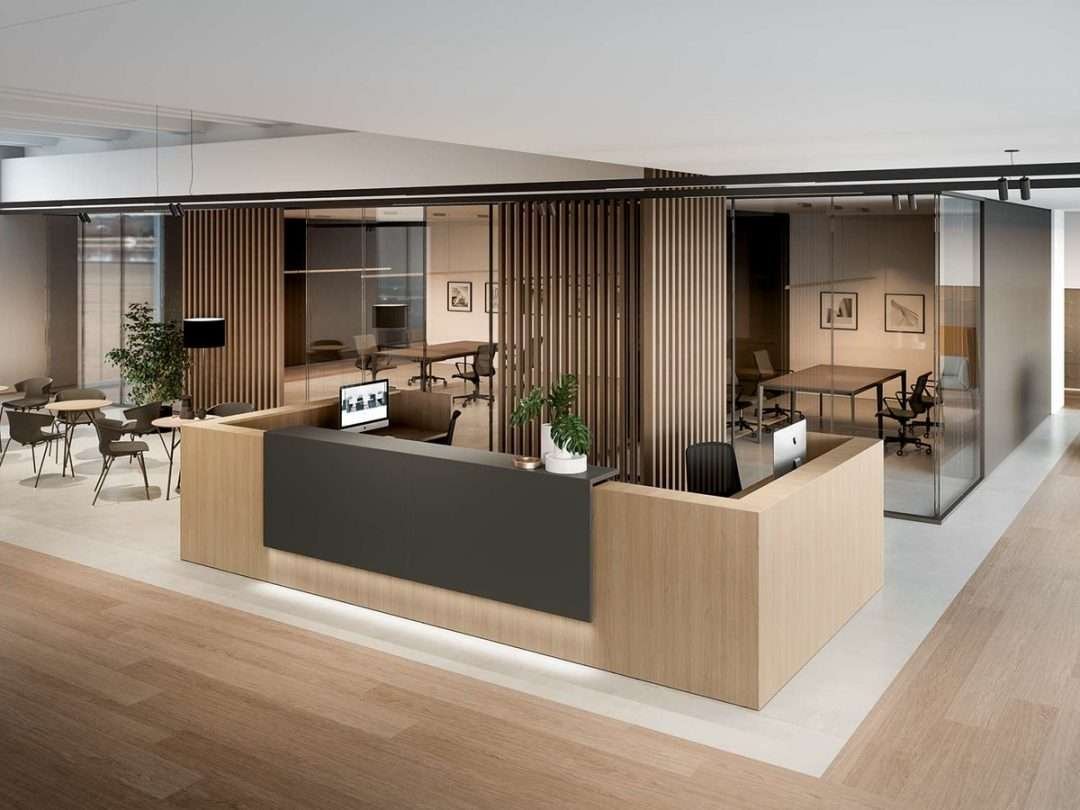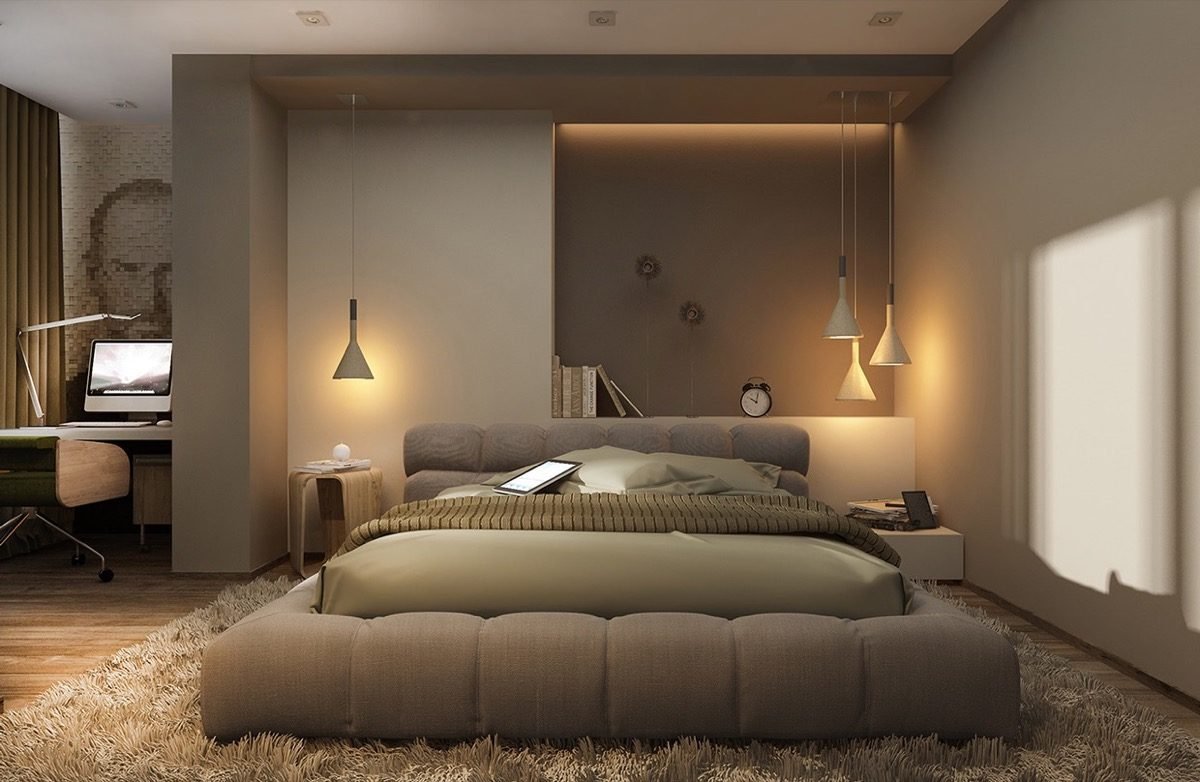Child-Friendly Commercial Spaces: Designing for Young Customers and Families

Creating commercial spaces that cater to families and young customers requires thoughtful design that prioritizes safety, engagement, and comfort. Designing with children in mind not only enhances their experience but also makes the space more appealing to their families, encouraging longer visits and repeat business. Here are some essential tips on making commercial spaces inviting and safe for children and their families.
Focus on Safety First
Safety is the primary concern when designing child-friendly commercial spaces. Ensure all materials and finishes are non-toxic and fire-resistant. Furniture should be sturdy and rounded with no sharp edges. Floors should be slip-resistant to prevent falls, and all play equipment must meet safety standards and be regularly inspected. It’s also important to design the space so that parents can easily supervise their children.
Use Bright, Engaging Colors
Children are naturally drawn to bright colors, which can stimulate their minds and elevate their moods. Incorporate vibrant colors through walls, floors, furniture, and decor. However, it’s important to balance bright colors with neutral tones to avoid sensory overload, which can be overwhelming for both children and adults.
Provide Interactive Elements
Interactive features can greatly enhance the experience for young visitors. Consider including elements such as interactive digital displays, hands-on play areas, or educational games that align with your business’s theme. These features not only keep children entertained but also engage their senses and help in developing motor skills.
Create Dedicated Kids’ Zones
Dedicating a specific area of your commercial space for children can make families feel more welcome. This area can be equipped with child-sized furniture, toys, and books. Ensure this zone is visible and accessible, but also somewhat segregated from general traffic to keep children safe and undisturbed.
Implement Family-Friendly Amenities
Adding family-friendly amenities can significantly improve the convenience of your space for parents. Facilities like family restrooms, nursing areas, changing stations, and comfortable seating areas for feeding can make a big difference. Additionally, providing stroller parking spots and child-sized amenities can help in accommodating families’ needs.
Consider Acoustic Planning
Sound management is crucial in spaces frequented by children. Materials that help absorb sound can minimize noise levels, making the environment more comfortable for all visitors. Strategic placement of noisier activities away from quieter zones can also help in managing the overall sound landscape.
Foster a Welcoming Atmosphere
Staff training is essential to ensure that all team members are friendly and accommodating towards families. Signage should be clear and include icons or pictures that help children identify different areas or instructions. A welcoming atmosphere is about creating a positive experience for children and their parents, making them feel valued and respected.
Conclusion
At Urban Canvas Design Studio, we specialize in designing commercial spaces that cater to the unique needs of families and young customers. Our designs combine creativity with practicality, creating environments that are both fun and safe for children while offering peace and functionality for parents.
Are you looking to transform your commercial space into a haven for families and children? Contact Urban Canvas Design Studio by filling out the form below. Let’s create a space where young customers and their families feel truly valued and welcomed. For more information or to book a consultation, contact Urban Canvas at +91 81001 12900 or hello@ucmail.in





